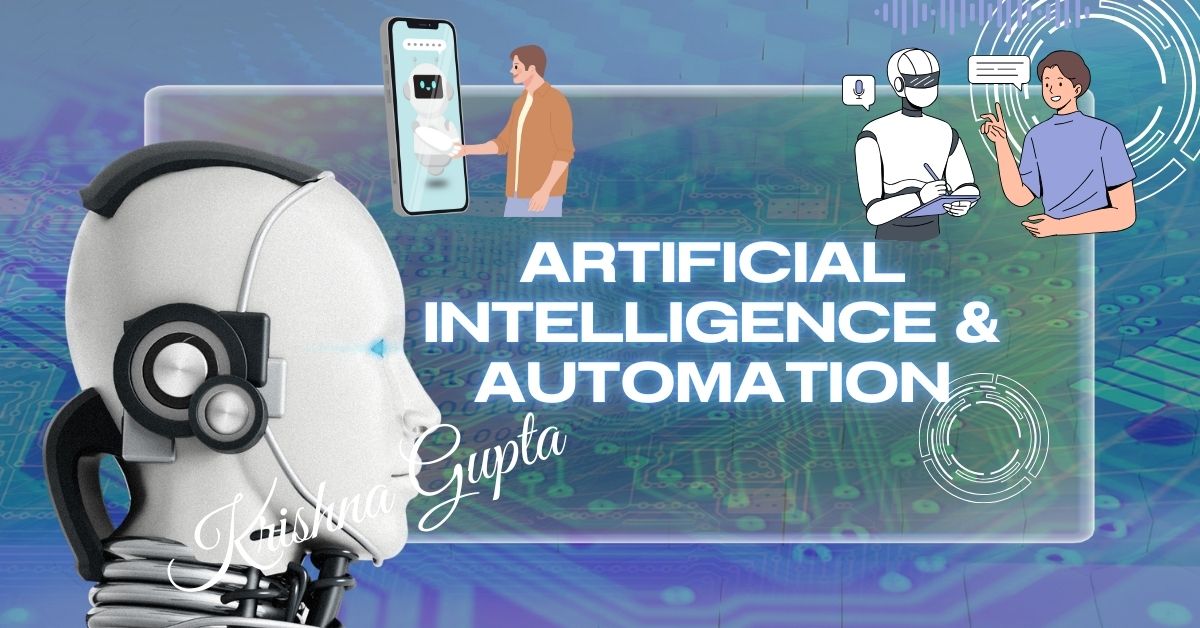Integrating Agentic AI into VAPT-centred SOCs brings unparalleled advantages:
a. Automated Reconnaissance
Agentic AI can autonomously conduct OSINT (Open Source Intelligence), scan attack surfaces, and identify entry points—at machine speed.
b. Dynamic Threat Modelling
By learning from prior attacks, AI agents simulate adversarial behaviour, improving the SOC’s capability to predict and neutralise evolving tactics.
c. Adaptive Exploitation Engines
In penetration testing, Agentic AI can mimic threat actors by crafting payloads, exploiting vulnerabilities, and moving laterally across systems—helping security teams understand real-world attack paths.
d. Real-Time Remediation Guidance
Post-exploitation, Agentic AI offers remediation steps customised to the specific vulnerability and environment, accelerating patch management and reducing Mean Time to Remediate (MTTR).



